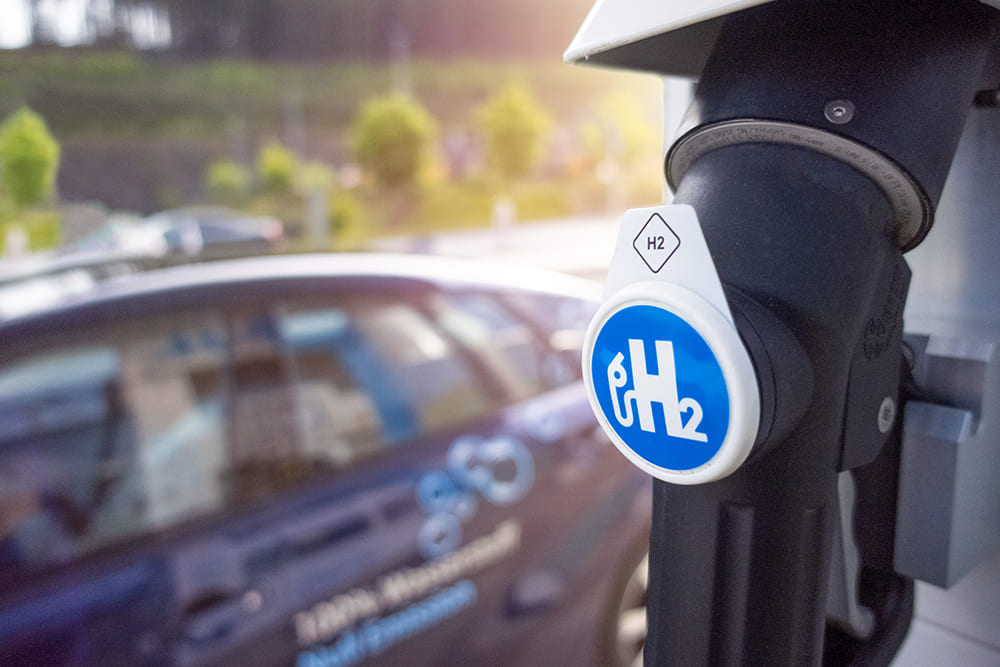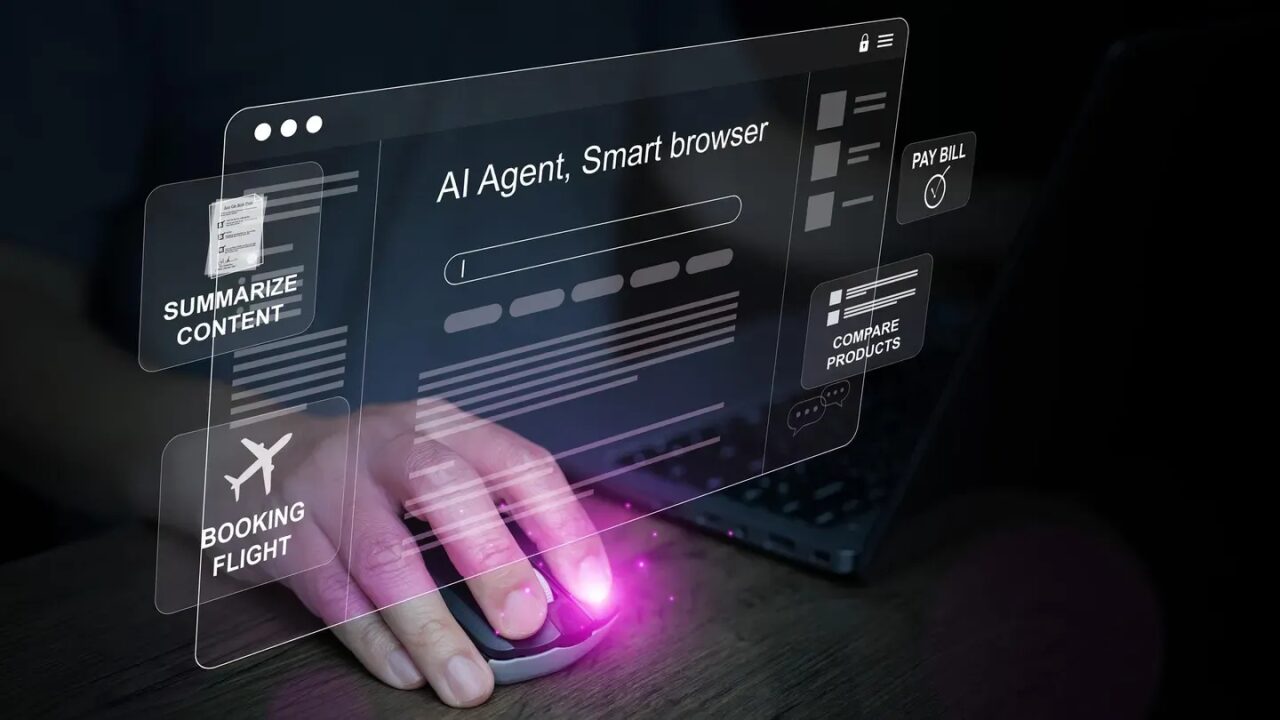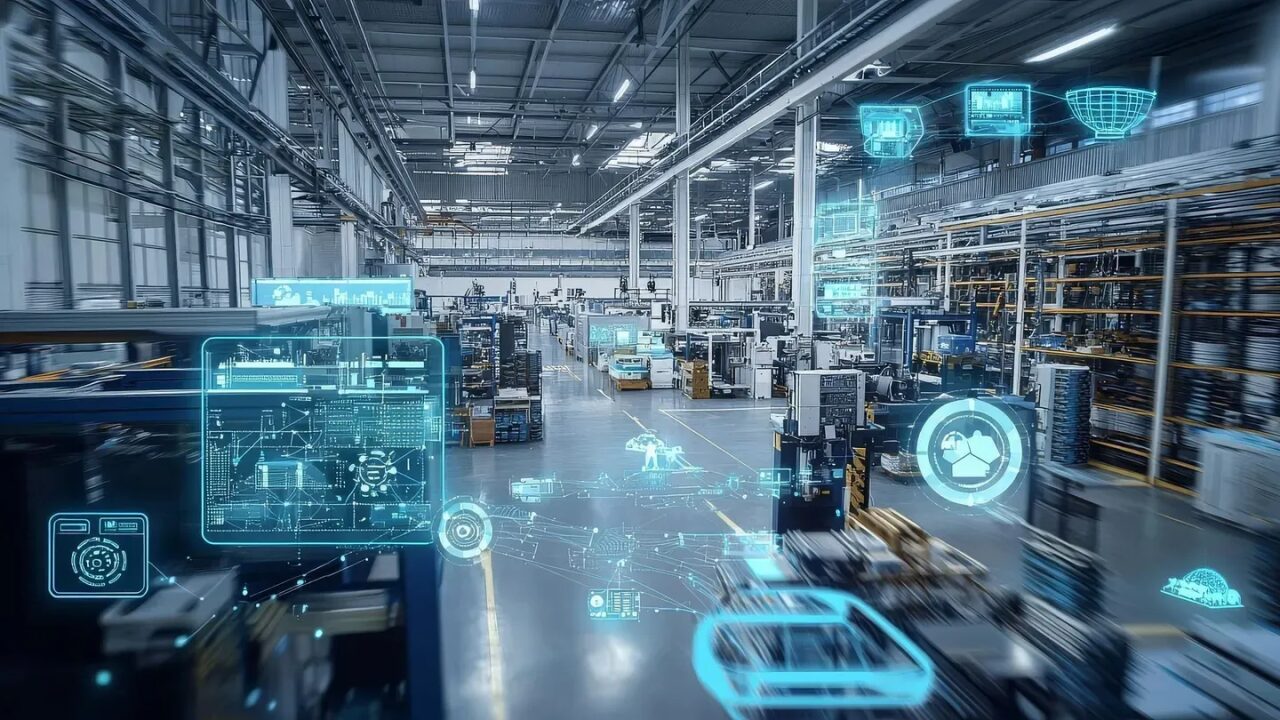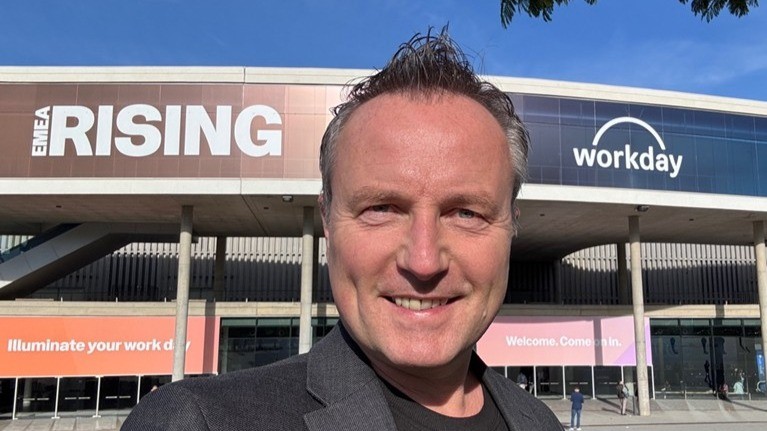Are Hydrogen-Powered, Autonomous Flying Taxis The Future?
24 January 2022
Of all the topics I have written about recently, autonomous flying taxis seem like the most far-fetched – or should I say pie-in-the-sky! However, the fact is that around 20 companies – from well-known names like Airbus and Hyundai, to new, inventor-led startups are racing to bring such vehicles onto the market. This is hardly surprising when the value of the air taxi market – which includes the class of vehicles known as eVTOL (electric vertical take-off/landing) – is expected to grow by $50 billion over the next five years.

Now, when we are talking about topics as high-tech and apparently futuristic as flying cars (which is what, for all intents and purposes, an eVTOL vehicle is), there’s a lot of excitement and hype. After all, the companies behind these vehicles are looking to become the Ford or General Motors of the 21st century. This means their marketing departments are often working on overdrive in order to catch the attention of buyers, investors, and venture capitalists who, at the end of the day, have a big say in which projects will soar and which ones will stall.
The first trial flights involving an autonomous air taxi service began in 2017 in New Zealand, when Wisk – a company backed by Boeing and the Kitty Hawk Corporation - began undertaking unmanned test flights. Later that same year, Dubai’s crown prince Sheikh Hamdan Bin Mohammed became one of the first human passengers, when he was transported 200 meters in a vehicle built by German manufacturer Volocopter, funded by Daimler.
Proponents of eVTOL say they have the potential to hugely reduce carbon emissions by reducing the amount of pollution caused by cars and other vehicles such as delivery trucks forced to travel on congested urban streets. They are also being touted as a game-changer for emergency service vehicles, which will be able to reach accident sites far more efficiently and economically than existing aerial emergency transports such as helicopters.
One company, in particular, is aiming to push the envelope even further when it comes to environmental benefits. Alaka’i Technologies, based in Massachusetts, USA, has unveiled the world’s first eVTOL taxi craft designed to run entirely on hydrogen fuel. Hydrogen is the most abundant substance in the universe and has the added advantage that water is the only by-product created when it is used as fuel. In a demonstration taking place in London, the company showed how its vehicle could effectively operate in urban environments using entirely "green" hydrogen energy generated from renewable sources.
Brian Morrison, co-founder of Alaka’i and inventor of the Skai vehicle, told me during a recent conversation, “Hydrogen has been used domestically here in the states for fifty or sixty years in various manufacturing processes – sometimes it’s created through a reforming process where they start from methane – that’s not desirable because it produces carbon as a by-product.”
The journey to create Skai began back in 2012 when Morrison started conceptualizing the vehicle, and in 2017 the business started looking for funding, with investors coming on board in 2018. Currently, the vehicle is undergoing certification with the Federal Aviation Authority. It is designed to carry up to four passengers along with (initially at least) a pilot. However, it is also planned that it will be able to be flown either from a control center on the ground or, eventually, fully autonomously.
Morrison tells me, "Right now, today, we could fly autonomously – the software exists – but from a certification standpoint, we’re certifying it first with a pilot on board and for ground pilot operations.”
This will mean a quicker pathway to putting the vehicle into operational use, with initial use cases likely to include both cargo flights and air ambulance services.
Getting certified for fully autonomous flight is likely to take significantly longer – Morrison estimates they could be looking at up to four or five years into the future for this to happen. Rather than the urban journeys that are seen as the most likely initial use cases, these first autonomous journeys might involve carrying supplies to offshore oil rigs or island-based holiday resorts. For these types of use cases, FAA certification is sometimes possible on an “experimental” basis - on the grounds that it will be a useful learning exercise for both the manufacturer and the authority itself. Another accelerated path to production and deployment could be by having emergency response organizations make orders for the vehicle. Organizations such as the National Guard are authorized to fly aircraft that haven’t been FAA certified in certain situations, such as search rescue and medevac.
Aside from the environmental advantages, Morrison says the hydrogen fuel system offers enormous performance benefits over the battery technologies being developed for competing eVTOL vehicles. Rather than the 15 or 20 minutes flight time that competitors are aiming for, it is hoped that Skai will be capable of flying for several hours. It’s also capable of landing safely if any one of its six motors or rotors fails. And as the ultimate emergency measure, it's also fitted with an airframe parachute, which should allow it to float gently to the ground even if they all fail!
The eVTOL and air taxi vehicle market is highly competitive, but Morrison and Alaka’i are clearly helping their innovative design will give them the edge over rival manufacturers with a great deal of experience in aircraft design and some serious financial backing. At the end of the day, the winner is likely to be the company that can persuade customers that their proposed solution is the one that offers the most value. This will be the key to unlocking the sort of order volumes that, through the mechanics of economies of scale, will make going into production a possibility.
You can watch my fascinating conversation with Brian Morrison, founder of Alaka’i and inventor of the Skai autonomous hydrogen-powered passenger and cargo aircraft here:
Related Articles
A Beginner’s Guide To Building AI Agents
By now, “smart” versions exist of just about every home appliance, gadget and gizmos we can think of. However, manufacturers continue[...]
5 Business Trends Every Company Must Prepare for in 2026
By now, “smart” versions exist of just about every home appliance, gadget and gizmos we can think of. However, manufacturers continue[...]
The Quantum Revolution Is Here, And It’s About More Than Just Computing
By now, “smart” versions exist of just about every home appliance, gadget and gizmos we can think of. However, manufacturers continue[...]
AI Browser Agents Radically Transform How We Use The Internet
By now, “smart” versions exist of just about every home appliance, gadget and gizmos we can think of. However, manufacturers continue[...]
The 6 Defining Manufacturing Trends Of 2026
By now, “smart” versions exist of just about every home appliance, gadget and gizmos we can think of. However, manufacturers continue[...]
Enterprise AI Meets The Digital Labor Economy: My Highlights From Workday Rising EMEA
By now, “smart” versions exist of just about every home appliance, gadget and gizmos we can think of. However, manufacturers continue[...]
Sign up to Stay in Touch!
Bernard Marr is a world-renowned futurist, influencer and thought leader in the fields of business and technology, with a passion for using technology for the good of humanity.
He is a best-selling author of over 20 books, writes a regular column for Forbes and advises and coaches many of the world’s best-known organisations.
He has a combined following of 4 million people across his social media channels and newsletters and was ranked by LinkedIn as one of the top 5 business influencers in the world.
Bernard’s latest book is ‘Generative AI in Practice’.










Social Media